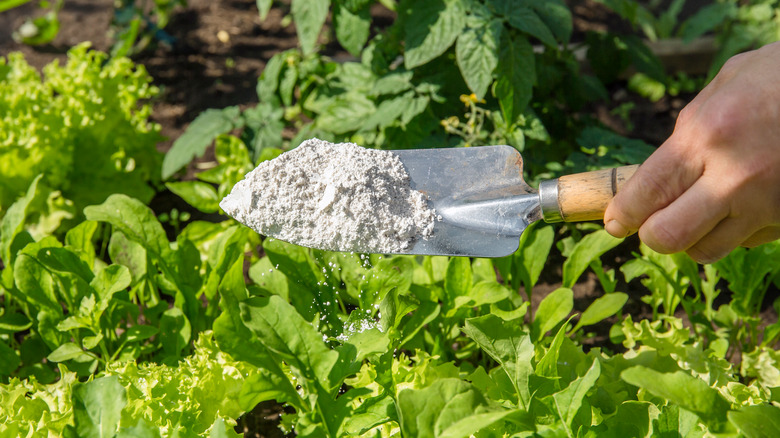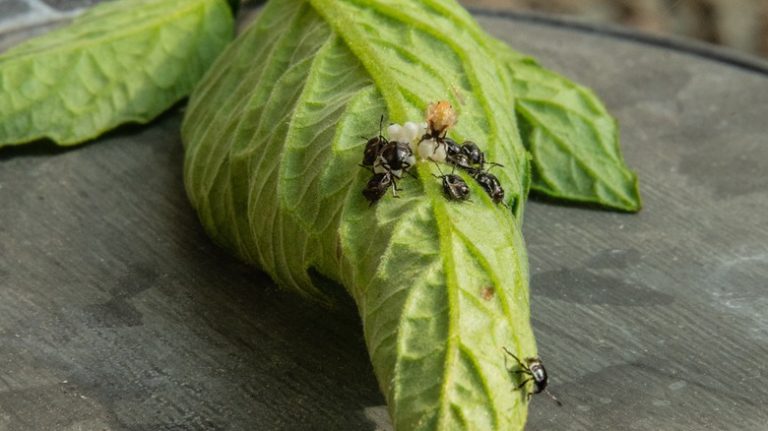Gardening enthusiasts know that nurturing thriving plants can include the use of pest repellants. With the presence of pests, the application of substances to repel bugs and other unwelcome guests becomes a necessary step in maintaining a healthy garden ecosystem. However, an unintended consequence of this process is the inadvertent exposure of plants to the very substances meant to protect them. During the application of pest repellants, it’s not uncommon for some of the spray or solution to land on the foliage, potentially causing harm. An easy and effective solution to prevent this is the use of a simple plastic bottle hack, as demonstrated by content creator @5.minute.recycle on TikTok. By simply cutting off the bottom of a plastic bottle and placing it over each plant as you apply the repellant, you can create a protective shield.
Pest repellants may contain substances that, when in direct contact with leaves and stems, can lead to damage or, at the very least, stick to the foliage like dirt and affect the plant’s ability to photosynthesize. However, with this easy and effective bottle hack, you not only ensure that the repellant reaches the intended areas but you also safeguard your plants from direct pesticide exposure. It minimizes waste and provides a neat and controlled way to apply pest repellant. This protective plastic bottle cover also helps when applying pesticides to neighboring plants of varying types, so non-targeted plants and any beneficial insects they harbor are protected from substances that can harm them.
How to apply this simple bottle hack to protect your plants
Keep those pesky pests away while keeping things neat with this simple trick! #PlantTok #SummerLearning #SummerFavorites
♬ Somewhere Only We Know – Gustixa
Watch on TikTok
To create a handy protective shield for plants during pest repellant application, you’ll need an empty plastic bottle, a cutter, and a rod. The size of the bottle you’ll use will depend on how big your plants are. If you choose a larger one, such as a one-gallon bottle, you can use it for covering both seedlings and bigger plants. Cut the plastic bottle near the bottom and detach the lower end completely. Remove the bottle cap and insert the rod (ensure it fits tightly) to work as a handle. Use this protective barrier to cover each plant as you go, allowing for the precise and controlled application of pest repellants. Powdered repellents could include baking soda, diatomaceous earth, and cinnamon powder.
Other products you can use for the same purpose are inverted plastic totes (large ones would be perfect if you’re protecting a row of plants or ones positioned next to each other), bakery buckets (ideal for larger plants), and cardboard boxes. Depending on the size, cardboard boxes will work just like plastic totes. But, since cardboard boxes are absorbent, you may need to dispose of these immediately if you use spray-on pest repellant. So, the next time you need to apply pest repellant, try this practical and inexpensive approach to enhance the effectiveness of your pest control measures while preserving the health of your beloved plants.




